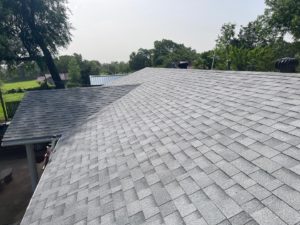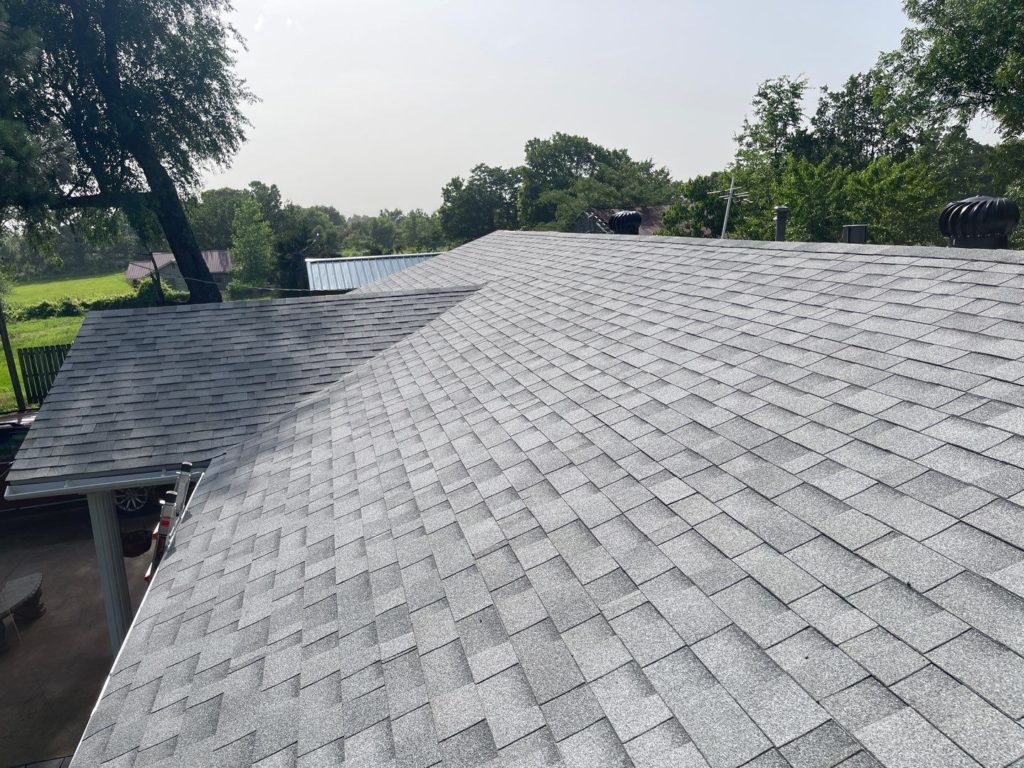How Do You Know If Your Roof Was Damaged After a Storm In Denver, CO?
No matter how well maintained your roofing setup may be, no ceiling is immune from the elements. This is especially the case for roofing in Denver, as the state is constantly exposed to harsh conditions throughout the winter.
Snow, ice, or heavy rains can really do a number on your homes roof. Therefore, to ensure your roof won’t cave in or pose a threat to your loved ones, keep an eye on it after a storm.
Even if there isn’t any visible damage at first glance, you need to schedule a roof inspection. In the meantime, let’s go over some signs of roof damage after a storm in Denver, CO.
Common Types of Storm Damage
A strong storm can wreak havoc on your roof, leading to the following types of damage:
Water Damage
After major rainstorms, flat roofing setups are especially prone to water damage, and this problem is only exacerbated if your roof doesn’t have an adequate drainage system.
Leaks will not only leave rust behind on different components of your roof, but can also lead to leaks into the interior of your home if they’re not tended to.
Gutters can also get clogged and cause rainwater to get backed up under your roof’s shingles, which allows moisture to infiltrate your roof decking.
Wind Damage
While hurricane-style wind damage isn’t exactly a common sight among roofers in Denver, high winds have the capacity to cause severe harm to your roofing system.
Wind can tear off your roof’s shingles and leave the underlying components completely exposed to the harsh elements, compromising the water-tight seals your Denver roofers installed. This leaves your roof vulnerable to shingle curling.
Hail Damage
Even though hail occurs relatively infrequently and in short spurts, it can absolutely torment your roofing system’s shingles, leaving severe dents and loosened granules behind which can compromise the integrity of the whole structure.
These granules protect your home from sun and water related damage, which makes checking for defacing instrumental. The overall aesthetic and curb appeal of your home and its roofing in Denver can also be completely ruined.
Debris
Whether your home is in the midst of a rainstorm, hurricane, or hailstorm, a severe enough storm can cause environmental debris to strike your residence’s ceiling and cause significant destruction.
Warning Signs to Look for
Once the storm has finally finished wreaking havoc on your roofing, here are a couple of telltale signs your roof has suffered from weather-induced damage.
- Attic: Wet marks, rotted wood, and signs of sunlight peeking through are indicators your shingles have paid the price.
- Ground-level: Keep an eye out for flashings, metals, nails, and any other roof-related debris that might’ve flown off during the storm.
- Walls and ceilings: Cracks on your paint, moisture, and mildew are all signs your roof has been compromised, and a leak has infiltrated your home.
- Visible roofing: It goes without saying that any torn off shingles or damaged components will always mean that repairs are most definitely necessary.
After a Storm, What Comes Next?
Calling your insurance company to report storm damage would be a sensible first step to ensure that their specialists can assist you in financing the repairs of your roofing system. A prudent next step would be to search for roofing specialists in Denver to take care of repairing your roof and restoring it to the pristine conditions it had prior to it being defaced to the elements.
The next time a storm hits your Denver roof, we hope this guide can help you become more aware of what to do in such scenarios.



